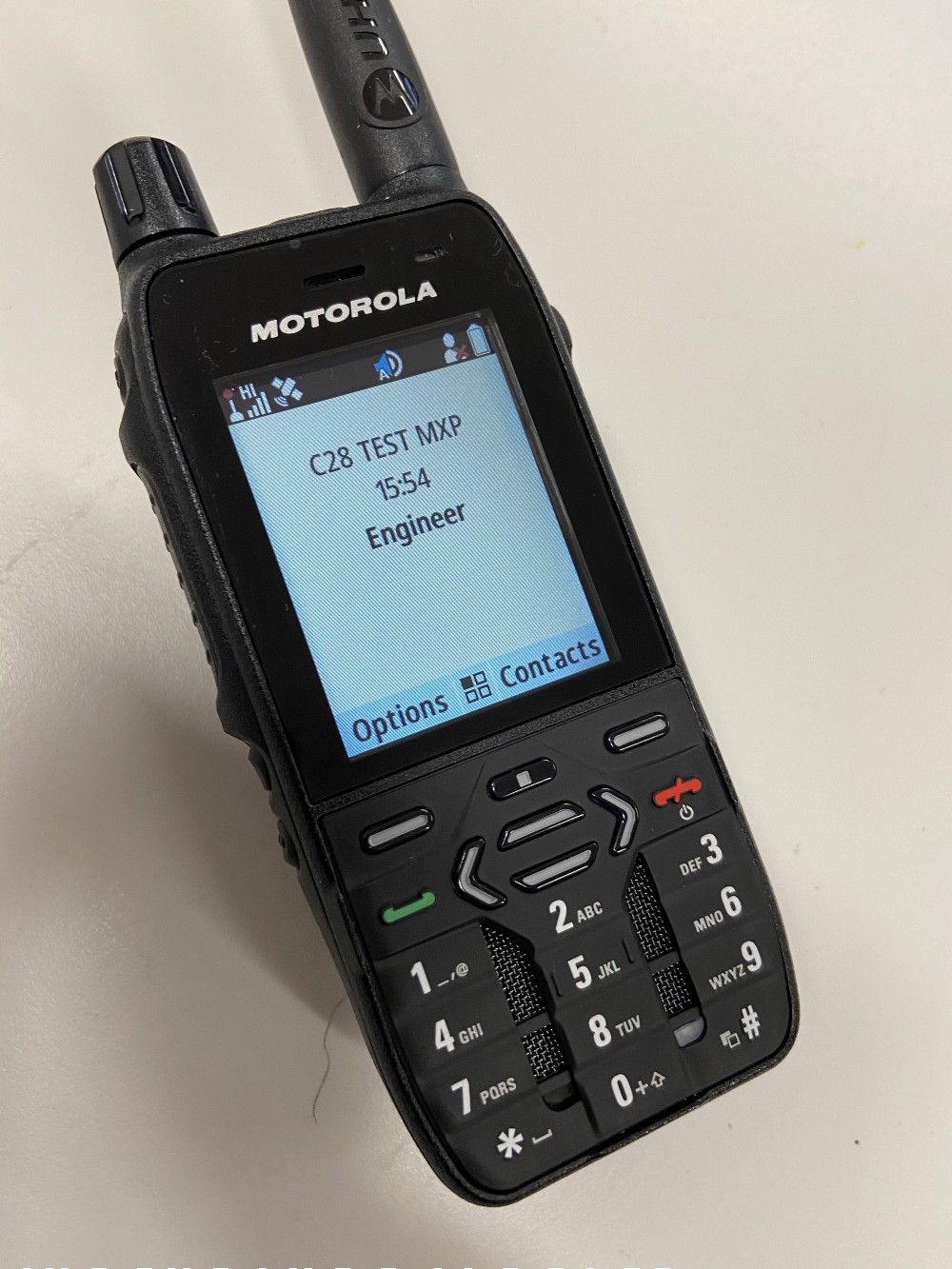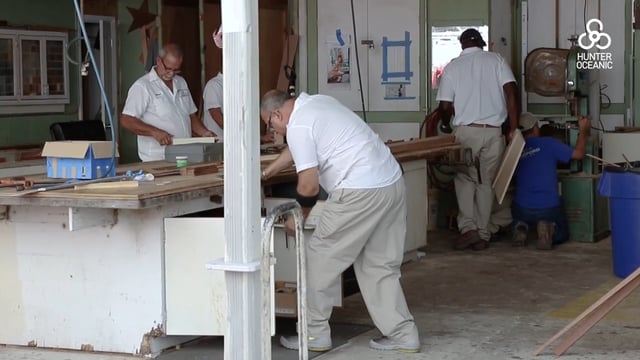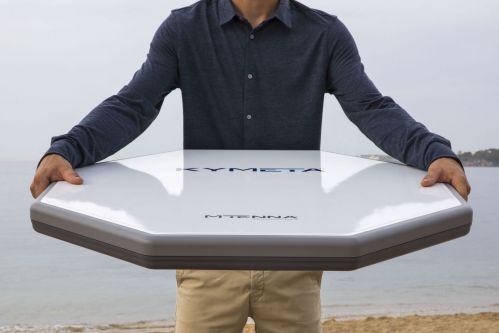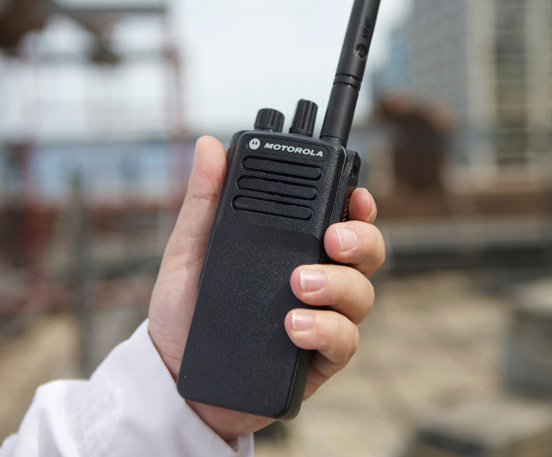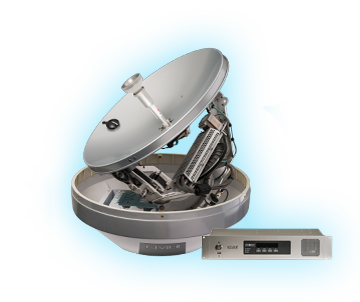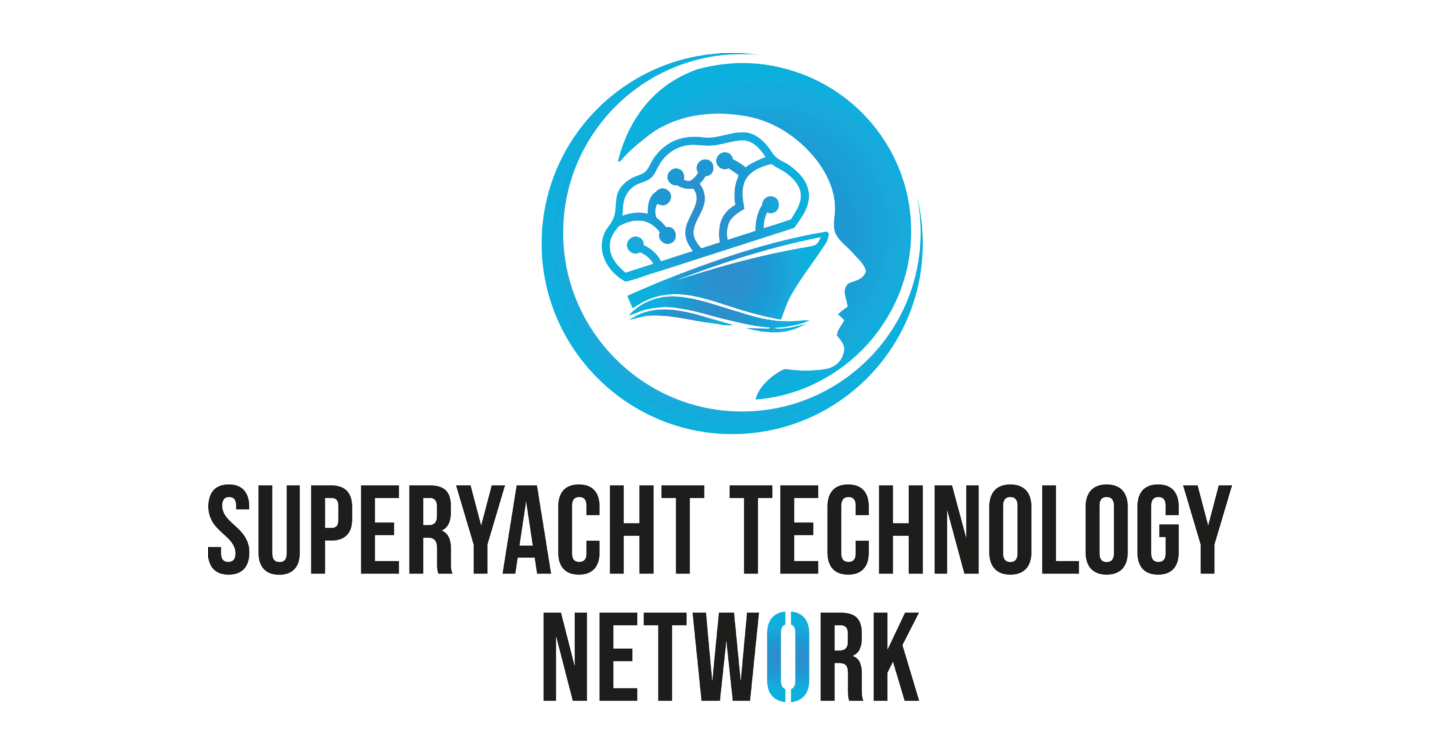Why is it that TETRA systems for crew communications are gaining traction among superyacht captains and crew? Here are several reasons:
There’s an inescapable irony in the fact that while superyachts continue to benefit from a vast range of ever more advanced technologies, the crew communications systems used by their owners and operators are, nevertheless, often woefully out of date or insufficient on a number of levels. Upgrading crew comms to a robust and dependable standard is a consideration that tends to be near the back of the priority queue if it’s even considered at all. It’s a point worth emphasizing that this kind of negligence can create serious problems related to vessel safety, operational efficiency and crew welfare. Messages conveyed back and forth by largely outmoded analogue systems can be obscured by distortion or noise, and such systems may result in confusion. The degree of potential uncertainty that this introduces, factoring in the likelihood of message delays and signal dropouts, makes it almost inevitable that costly or hazardous mistakes will occur.
TETRA technology
For these reasons, TETRA (Terrestrial Trunked Radio) is becoming an increasingly popular basis for crew communications systems among superyacht personnel. Straight away, the fact that TETRA technology is deployed by a great majority of emergency services worldwide attests to its reliability, security and capacity. The arrival of Motorola’s DIMETRA system has seen TETRA becoming an additionally attractive proposition for superyacht crews by making the technology available for a lower outlay. Bespoke distributed antenna systems ensure that internal coverage is uniform and complete, with the long-range coverage out to tenders and other fleet vessels at sea which is not available with 4G or Wi-Fi. Furthermore, deck crews benefit from class-leading noise-cancelling equipment allowing clear speech in windy environments, whereas the pre-empting of calls ensures that important communications take priority as required. Systems such as the DIMETRA Express are scalable in size, features and functionality, so users can choose a setup tailored to meet their peak usage requirements, with the option of including add-ons such as telephone interconnect, packet data or short data services (SDS), as well as a full security suite.
Automated processes
The security aspect is key to the appeal of TETRA systems for crew communications, offering air interface or end-to-end encryption to maintain call privacy as well as enabling terminal and network authentication. In addition, automation of processes is affording users enhanced levels of security and control, with solutions such as Motorola’s iTM (Integrated Terminal Management) looking after tasks that would once have been undertaken manually, such as software upgrades, making alterations to group ID details within a fleet map or auditing radio assets. The advent of Over-The-Air-Programming capabilities means that updates and upgrades can now even be carried out remotely via Wi-Fi. Meanwhile, the fact that TETRA systems can support one-to-one, one-to-many and many-to-many functionality dispenses with the need for control room operators to be directly involved. Another persuasive benefit of TETRA systems is the ability for users to assemble ‘mission-critical’ networks providing multiple redundancy. Fallback mechanisms including direct mode, where users such as a shore party can communicate on multiple channels directly in the absence of a network, and gateway mode, which allows a device such as a tender radio to function as a relay for other handsets nearby which are out of range of the main yacht. Personalised and tailored to suit the needs of any crew on any yacht, the TETRA solution ensures that information is efficiently passed on to the correct disciplines, quickly and clearly. There is also never any downtime, as the AV/IT officer will be alerted if the VSAT loses signal so that they can quickly transfer to 4G. Superyacht crew can be confident that they are working together efficiently. If a guest requests a drink, a call is routed to the on-duty crew and once acknowledged, the call is cancelled to other handsets to avoid an unnecessary response. TETRA is the complete mission-critical solution on your belt, combined with a class-leading voice.
Founded by two engineers in 2012, Channel 28 is constantly developing new technologies and solutions to aid superyacht operations. Its work is primarily focused on developing engineering-led programmed products and system solutions to simplify all types of onboard communication. As well as TETRA and its flagship cComm system, now used on an ever-growing number of superyachts worldwide, Channel 28 continues to innovate and among its recent developments is The Morse Service Call Button. This low-energy, high-quality service call button system is straightforward to connect to Wi-Fi, integrates with yachts UHF and AV control systems, and provides a full year’s usage from one standard battery. For more information, you can speak to Channel 28’s Director, Adrian Hicks at adrian@channel28.co.uk and or visit www.channel28.co.uk
This article and many more are in the current edition of the Superyacht Technology Blueprint which can be read online here:

